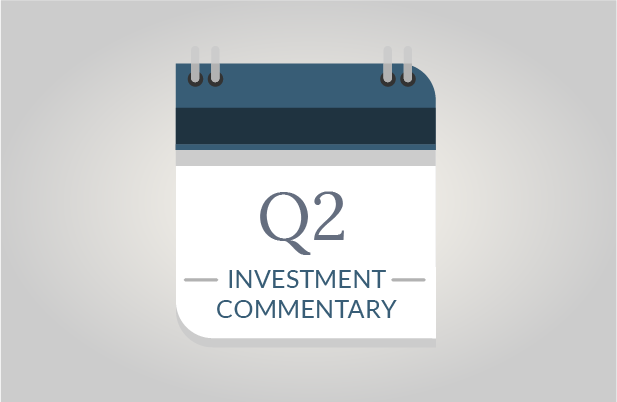It’s been almost a decade of watching cash yields hover at zero percent or just above. In fact, investors have been searching for yield on cash balances for so long that you may have forgotten to look by now, assuming that yields simply aren’t worth monitoring. However, a series of rate increases by the Federal Reserve Board mean that cash yields are finally returning to respectable levels. If you have meaningful cash balances, now’s the time to re-evaluate the potential yield on cash.
Little To No Yield On Cash In Basic Checking Accounts
Most traditional checking accounts still don’t offer interest, with yields remaining at or close to zero percent.
For this reason, SageVest Wealth Management recommends that you limit balances in your checking account to hold only the amount that you need for current and short-term expenses. For example, if your expenses average $10,000 per month, but occasionally reach $15,000, it would be wise to keep $15,000 to $20,000 in your checking account as a buffer. This approach is particularly important if you don’t frequently monitor your account balances.
Any cash balances in excess of your potential needs over the next one to two months should be moved to an interest-bearing savings account.
Saving Account Yield On Cash Varies
We always recommend that you hold an emergency fund of cash reserves to cover unanticipated expenses. The amount you need depends upon a host of variables. However, a general rule of thumb is to hold about six month’s worth of cash needs. This amount helps cover unexpected financial needs such as a gap in earnings or a large expense like a house repair or new vehicle. That said, everyone’s scenario is different. For example, if you’re retired, with a stable government pension that covers most or all of your expenses, you may be comfortable with less of a safety net. Conversely, if you’re a business owner with a variable earnings outlook, or you’re thinking of changing jobs, you may need to keep more cash on hand.
Once you’ve determined what amount of an emergency fund is appropriate to withhold in your checking account, any cash in excess of that amount can now earn you interest in today’s environment.
Many banks – but not all – now offer competitive savings account yields on cash. The most competitive rates are typically found among the online banks. Online banks don’t have traditional brick-and-mortar locations, helping them to streamline operations, reduce costs, and thereby enhance yields.
Traditional banking centers may also have fairly competitive rates, but you might have to shop around, or worse yet, chase teaser rates that only last for a few months. Always be sure to ask if an expiration period applies to the initial interest rate offered. Having to regularly close and open accounts to keep chasing rates can be frustrating, time-consuming, and may ultimately overly-complicate your finances.
As a starting point, Bankrate.com offers a summary of financial institutions and rates that’s updated throughout the year.
Bank Account Transfer Features
If you elect to open accounts at different banks to maximize your yield on cash e.g., your checking account is custodied at one bank, and your savings account is at another bank, it’s wise to establish an electronic link between the accounts from the outset. This feature makes it easy to transfer funds between banks, especially in a cash emergency. However, be sure to find out in advance about any minimum account balance requirements and the timeframes involved for online banking transfers.
FDIC Limits
As a reminder, the Federal Deposit Insurance Corporation (FDIC) currently insures bank balances up to $250,000 per bank, per ownership category. If your savings exceed this amount, consider disbursing your cash balances across banks, thereby gaining FDIC insurance on multiple account balances. The FDIC offers more detailed information, including:
SageVest Wealth Management proudly assists our clients with both day-to-day financial planning matters, as well as investment management strategies in support of your future lifestyle. Our comprehensive approach incorporates any opportunities that support your wealth objectives, including those that extend beyond actively managed portfolios. Please contact us to learn more about how our true wealth management approach can help secure your financial future.




